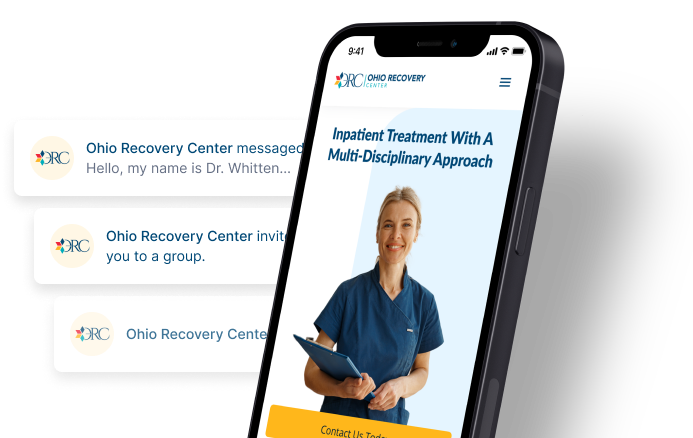Mixing Norco & Alcohol: Effects & Risks

Medically Reviewed By: Manish Mishra, MBBS
Alcohol and hydrocodone/acetaminophen combination painkillers like Norco can be dangerous when misused. If you use these substances together, you increase the risk of severe sedation and dangerously slowed breathing as well as liver damage and substance use disorder.

Norco is a now-discontinued brand name prescription formulation of the opioid analgesic hydrocodone and the over-the-counter pain reliever acetaminophen (Tylenol).
Generic forms of the medication are currently prescribed to treat moderate to severe pain, often following an injury or surgery.
Ethanol (drinking alcohol) is legal for those 21 and older and widely consumed by Americans both in moderation and in excess, sometimes with serious short- or long-term consequences.
The FDA strongly warns against mixing prescription opioid pain relievers, like Norco, with alcohol or other CNS depressants due to increased risk of sedation, respiratory depression, coma, and death.
Using these two substances in tandem may also increase the danger of certain long-term effects, including liver damage and drug dependence.
Effects & Risks Of Mixing Norco & Alcohol
Hydrocodone, the opioid component of Norco, is a strong semi-synthetic drug that works by binding to opioid receptors in the central nervous system and changing how they respond to pain.
Hydrocodone also acts as a strong central nervous system depressant, meaning it slows down physical and mental activity. This is why abusing opioids tends to cause sleepiness, slower thoughts and movement, lower body temperature, and reduced heart rate and breathing.
Alcohol, on the other hand, has a wide-range of effects that can shift depending on how much a person drinks and how fast.
Because each of these drugs has a different mechanism of action, they will tend to enhance one another’s effects, resulting in a much greater overall effect than either substance would have alone.
And this intensified CNS depression can be extremely dangerous, greatly increasing the risk of overdose effects even when opioids and alcohol are taken at otherwise non-harmful levels.
Enhanced Side Effects
Norco is associated with potentially serious side effects that may be intensified if the drug is used with alcohol. These include:
- nausea
- vomiting
- constipation
- lightheadedness
- dizziness
- drowsiness
- sleep apnea
- eventual dependence and withdrawal symptoms
It is important that you avoid operating heavy machinery, driving, or participating in other demanding activities while impaired by either your medication or alcohol.
Norco/Alcohol Overdose
Signs and symptoms of a a Norco overdose, either with or without concurrent use of alcohol, include:
- mental confusion
- dizziness
- drowsiness
- cold clammy skin
- nausea and vomiting
- constricted/pinpoint pupils
- unsteady or slow heartbeat
- bluish-colored fingernails and lips
- gurgling and/or slow, stopped, or difficult breathing due to respiratory depression
- coma (loss of consciousness or unresponsiveness)
- seizures
These effects, particularly respiratory depression, can quickly cause brain damage or death without prompt medical care. Fortunately, they can generally be reversed using the opioid-overdose antidote drug naloxone (Narcan).
However, naloxone will not reverse the effects of alcohol or other depressant drugs, which can complicate emergency care for someone who has been mixing hydrocodone with drinking or binge drinking.
Hepatotoxicity (Liver Failure)
Acetaminophen, an over-the-counter pain medication included in Norco, is toxic for the human liver if taken in higher than recommended doses. And when used after alcohol has been cleared from the body, the potential for the drug to cause liver injury is increased.
Taken together, these two substances can cause serious liver injuries or even life-threatening liver failure in higher doses.
Symptoms of hepatotoxicity (liver injury or failure) stemming from acetaminophen overdose can include:
- jaundice, a yellowing of skin or eyes
- abdominal pain
- nausea and vomiting
- loss of appetite
- fatigue
- excessive sweating
- dark urine or stools
- unusual bruising or bleeding
Any suspicion of serious liver injury or any other unexpected drug interactions or adverse reactions to your medication should be referred to a healthcare provider or poison control center as quickly as possible.
Treating Substance Use Disorder
Unfortunately, common pain relief medications like Norco, Vicodin, and oxycodone are all frequently abused, often resulting in persistent opioid dependence and addiction.
Excessive alcohol use, alcohol addiction, and alcohol dependence are also serious issues that impact thousands of Ohio residents.
However, professional Ohio-based addiction treatment programs are available to help you or your loved one face the difficult process of drug or alcohol withdrawal and build a healthier, addiction-free lifestyle.
Addiction treatment services offered at Ohio Recovery Center include:
- medical detoxification
- inpatient rehabilitation
- behavioral therapy
- medication-assisted treatment
- dual diagnosis treatment
- peer support
- aftercare support
To learn more, please contact us today.
- Food and Drug Administration (FDA) https://www.accessdata.fda.gov/drugsatfda_docs/label/2019/040099s023lbl.pdf
- Journal of Theoretical Biology https://pubmed.ncbi.nlm.nih.gov/33333080/#:~:text=Acetaminophen%20(APAP)%20overdose%20is%20one,of%20APAP%20induced%20liver%20injury.
- National Institute on Alcohol Abuse and Alcoholism (NIAAA) https://www.niaaa.nih.gov/publications/brochures-and-fact-sheets/harmful-interactions-mixing-alcohol-with-medicines#:~:text=Mixing%20Alcohol%20With%20Medicines&text=Mixing%20alcohol%20with%20certain%20medications,problems%2C%20and%20difficulties%20in%20breathing.
- National Institute on Drug Abuse (NIDA) https://nida.nih.gov/publications/drugfacts/prescription-opioids
- Substance Abuse and Mental Health Services Administration (SAMHSA) https://store.samhsa.gov/sites/default/files/d7/priv/sma18-4742.pdf

